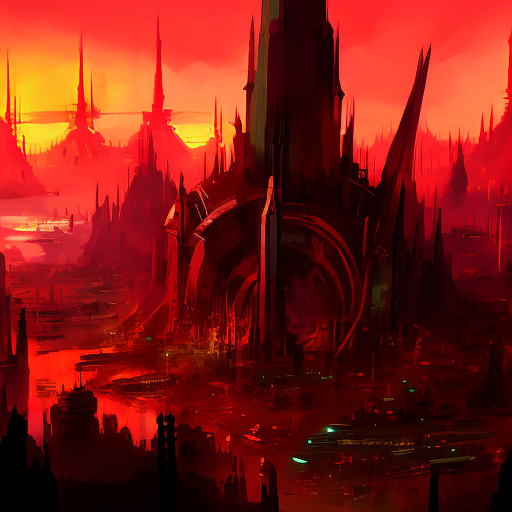Summary:
In “Foundation and Empire,” the second book in Isaac Asimov’s iconic Foundation series, the Galactic Empire is on the brink of collapse, and Hari Seldon’s Foundation is faced with a formidable enemy. As the story unfolds, readers are taken on a thrilling journey through political intrigue, military conquests, and the power of psychohistory. With its complex characters and intricate plot, “Foundation and Empire” explores themes of power, manipulation, and the struggle for survival in a crumbling empire.
The book is divided into two parts: “The General” and “The Mule.” In “The General,” the Foundation faces a military threat from the powerful General Bel Riose, who aims to restore the Empire’s control over the galaxy. Meanwhile, in “The Mule,” a new and unexpected enemy emerges, known as the Mule, whose ability to manipulate emotions poses a significant threat to the Foundation’s plans.
The General:
In “The General,” the Foundation finds itself in a precarious position as General Bel Riose, a charismatic and ambitious military leader, sets his sights on conquering the Foundation and restoring the glory of the Empire. As Riose’s forces advance, the Foundation’s leaders, including Mayor Indbur III and the brilliant mathematician and psychologist, Ebling Mis, must devise a strategy to outmaneuver the General and protect their fragile civilization.
Amidst the political machinations and power struggles, Asimov delves into the concept of psychohistory, a science developed by Hari Seldon that predicts the future behavior of large populations. This concept becomes a central theme throughout the series, highlighting the tension between individual agency and the deterministic nature of history.
The Mule:
In “The Mule,” the focus shifts to a new and enigmatic character known as the Mule. Unlike the previous antagonists, the Mule possesses a unique ability to manipulate emotions, allowing him to control and influence others. This power disrupts the Foundation’s carefully laid plans and threatens to unravel their efforts to guide the course of history.
As the Mule’s forces advance, the Foundation’s leaders must confront their own limitations and reevaluate their strategies. The story takes unexpected twists and turns as the Mule’s true identity and motivations are gradually revealed, leading to a climactic showdown between the Foundation and its formidable adversary.
Key Takeaways:
- Power struggles and political intrigue are central themes in “Foundation and Empire,” as various factions vie for control in a crumbling empire.
- The concept of psychohistory, which predicts the behavior of large populations, raises questions about determinism and the role of individual agency.
- The emergence of the Mule highlights the vulnerability of even the most carefully laid plans and the unpredictability of human nature.
“Violence is the last refuge of the incompetent.”
– Isaac Asimov, Foundation and Empire
In “Foundation and Empire,” Isaac Asimov continues to captivate readers with his masterful storytelling and exploration of complex themes. The book serves as a thought-provoking examination of power dynamics, the limitations of human knowledge, and the unpredictable nature of history. Asimov’s vivid characters and intricate plot keep readers on the edge of their seats, eagerly turning the pages to uncover the fate of the Foundation and the galaxy.












